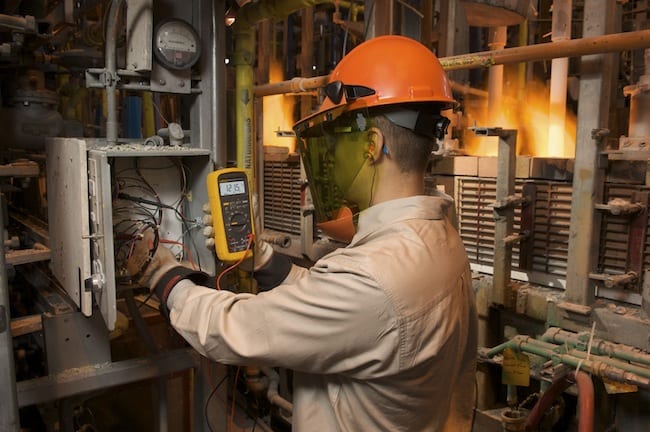 You can find a cheap one for $20 to tackle basic troubleshooting with home wiring. If you’re a field tech, though, you’re probably using an industrial-strength model that can cost up to $5,000. We’re talking about the electrician’s ever-present sidekick — the multimeter — used to measure voltage and current and detect wiring trouble in almost every type of industrial equipment and machinery.
You can find a cheap one for $20 to tackle basic troubleshooting with home wiring. If you’re a field tech, though, you’re probably using an industrial-strength model that can cost up to $5,000. We’re talking about the electrician’s ever-present sidekick — the multimeter — used to measure voltage and current and detect wiring trouble in almost every type of industrial equipment and machinery.
AC/DC History
The now-ubiquitous device has roots that stretch back to the late 1800s and a heated rivalry between Nikola Tesla and Thomas Edison — discoverers, respectively, of alternating (AC) and direct (DC) electrical current. The first multimeter, called the Avometer under a British trademark, emerged in the 1920s and resembled an old transistor radio. Today’s models are more like rugged handhelds.
“From the very name it’s clear that a multimeter is an instrument with several functions,” writes Rageb Ahsan, an Electrical Engineer. The acronym AVO stands for: ‘A’ – amperes (to measure electrical currents), ‘V’ – voltage (to measure voltage) and ‘O’ – ohms (to measure electrical resistance). “An electrician has to be sanguine about the line voltage available. There is no way to confirm this without a meter.”

Share this: